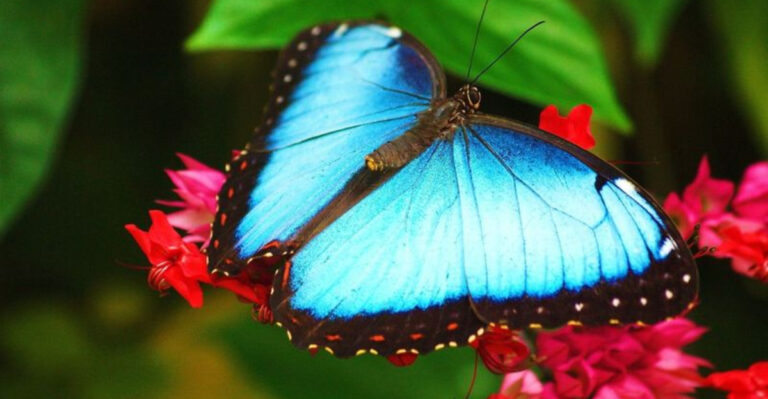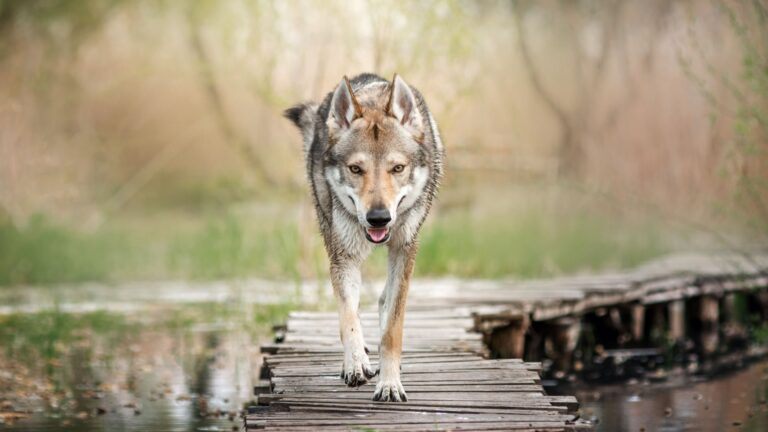7 Wild Animals You Can Safely Watch And 7 That You Should Avoid At All Costs
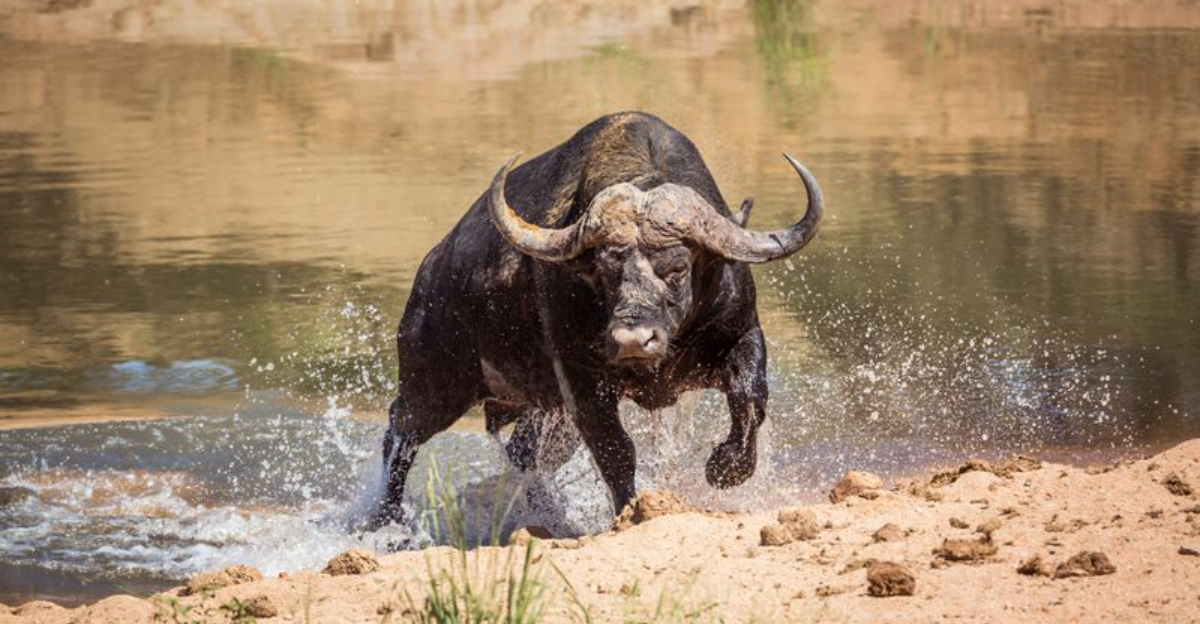
Ever wondered which wild creatures you can admire up close and which ones spell trouble? Mother Nature hosts an incredible variety of animals, but not all welcome human company.
Knowing which wildlife encounters are relatively safe versus potentially deadly could literally save your life on your next outdoor adventure.
1. Gentle Giants: Manatees
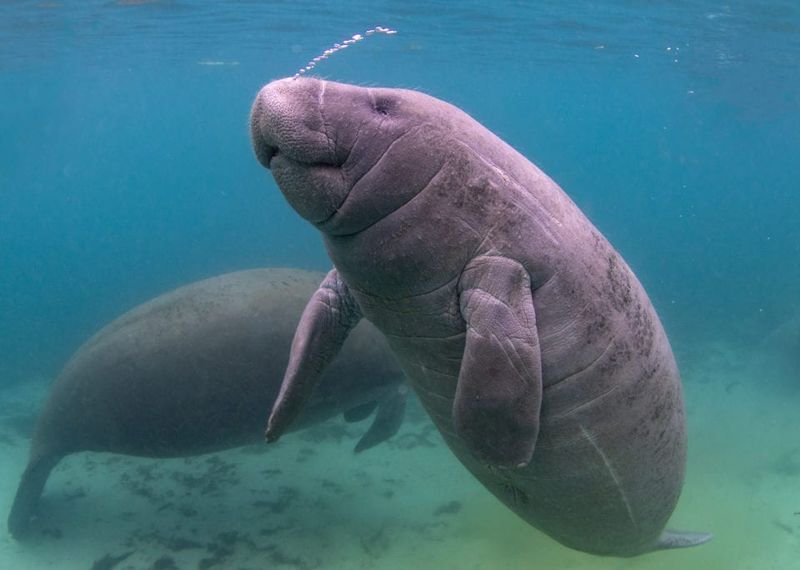
Often called ‘sea cows,’ these blubbery water mammals move with the urgency of a sleepy toddler. They’re completely herbivorous and lack natural aggression toward humans.
Swimming alongside manatees (where legally permitted) offers a magical experience with virtually no risk. Just remember – they’re protected, so maintain respectful distance and never chase or touch them.
2. Soaring Spectacle: Bald Eagles
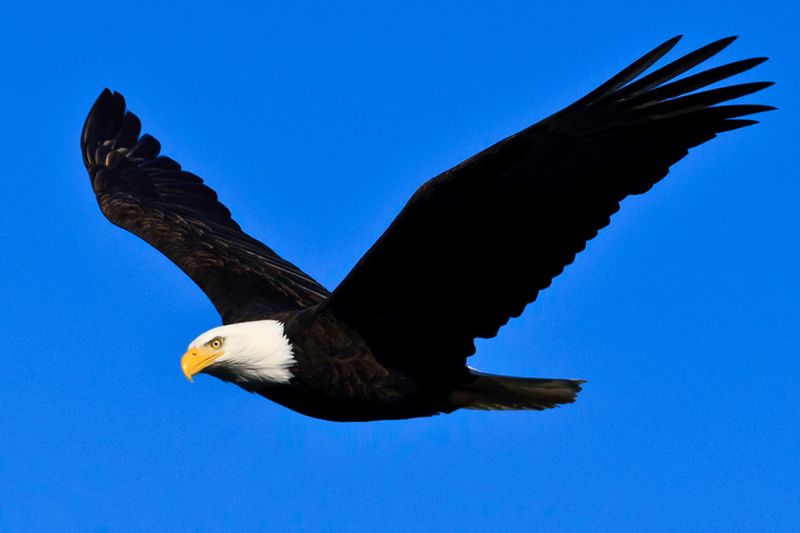
America’s national bird puts on quite a show without posing danger to observers. These magnificent raptors typically nest high in trees or cliffs, keeping a comfortable distance from humans.
Bring binoculars to wildlife refuges during nesting season for breathtaking views of their parenting behaviors. Eagle watching festivals throughout the country offer guided viewing opportunities with expert naturalists.
3. Underwater Ballet: Whale Sharks
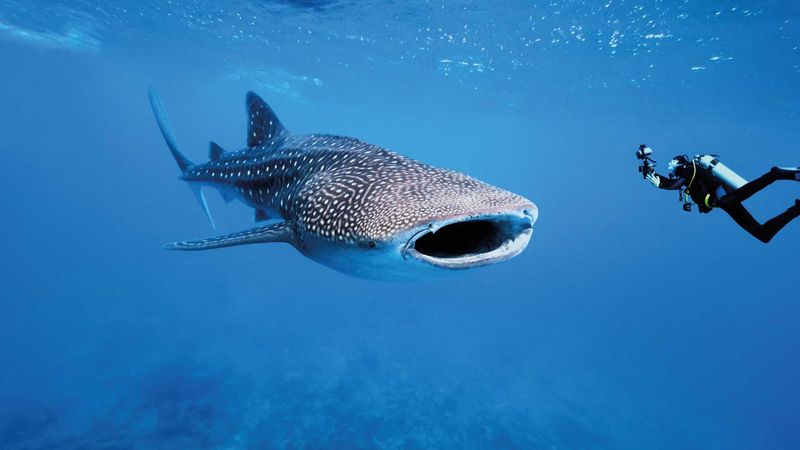
Despite their intimidating name and bus-sized proportions, these spotted giants prefer plankton to people. Their docile temperament makes them swimming buddies you can trust.
Eco-tourism operations worldwide offer snorkeling experiences alongside these filter-feeders. Keep your distance anyway – not for safety but to minimize stress on these gentle creatures whose populations face serious threats.
4. Forest Grazers: Wild Deer
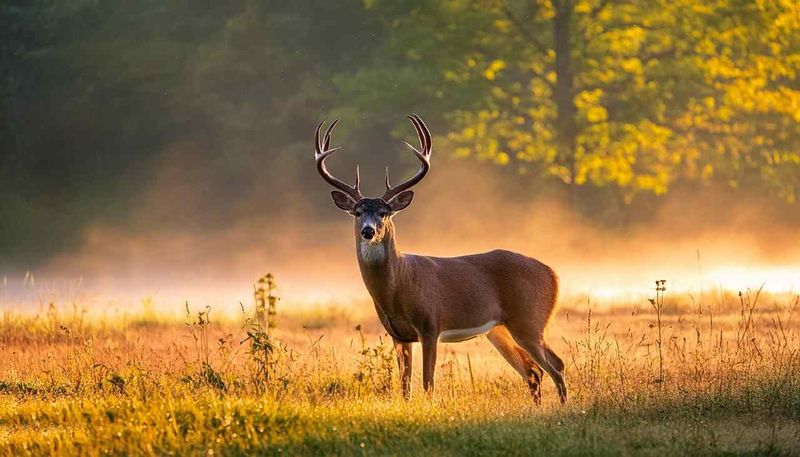
Those wide-eyed woodland creatures make perfect photography subjects from a respectful distance. They’re naturally skittish rather than aggressive, preferring to bound away from potential threats.
Early mornings and dusks offer prime viewing opportunities in most national parks and forests. Just stay on designated paths, keep quiet, and avoid approaching fawns – mother deer are understandably protective of their spotted babies.
5. Coastal Characters: Harbor Seals

Those adorable whiskered faces popping up from coastal waters rarely pose any threat. They’re naturally curious but typically maintain safe distances from humans.
Coastal viewpoints and sanctuaries offer perfect seal-watching opportunities without disturbing their natural behaviors. Remember those puppy-dog eyes hide wild animals – feeding alters their behavior and creates dangerous dependencies, so enjoy their antics from afar.
6. Night Sky Navigators: Fruit Bats
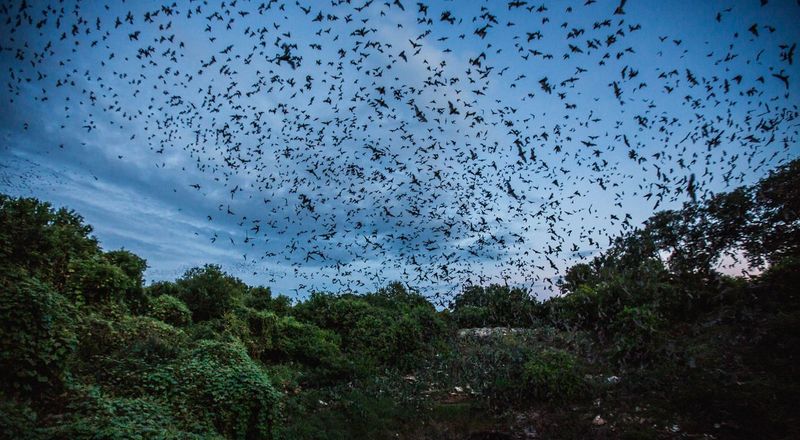
Forget the spooky reputation – these flying foxes are basically sky puppies with wings! Unlike their smaller insect-eating cousins, fruit bats pose virtually no rabies risk to humans.
Evening flyouts from roosting sites create spectacular natural phenomena. Watching thousands blacken the sunset sky feels like witnessing a secret natural wonder. Just don’t disturb roosting colonies or handle any grounded individuals.
7. Ocean’s Architects: Sea Turtles
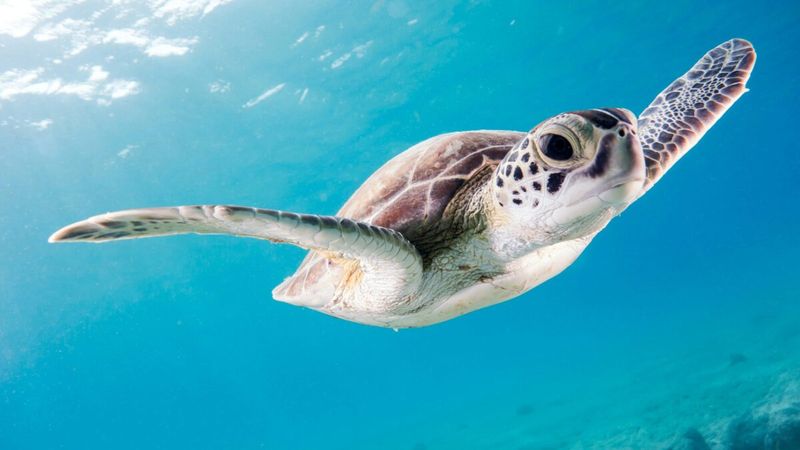
Swimming alongside these ancient mariners ranks among life’s most magical wildlife experiences. Their prehistoric appearance belies a gentle nature – they’re much more interested in jellyfish than human swimmers.
Snorkeling tours in Hawaii, Caribbean and other tropical locations offer responsible viewing opportunities. Keep hands to yourself though – touching transfers bacteria and oils that damage their shells and disrupts natural behaviors.
8. Stealth Predators: Saltwater Crocodiles

These prehistoric predators can exceed 20 feet long and have claimed hundreds of human lives throughout history.
Their ambush hunting style makes them particularly dangerous near water’s edge. They can remain nearly invisible below the surface before exploding into action with lightning speed. Never swim, camp, or linger near waters in croc country.
9. Jungle Assassins: Box Jellyfish
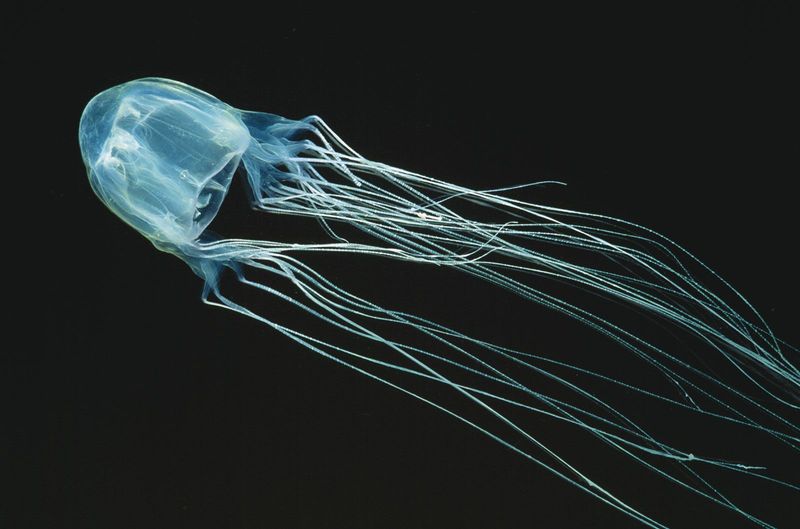
These nearly invisible creatures pack the world’s most potent venom. A single encounter can cause cardiac arrest within minutes, with tentacles capable of delivering thousands of microscopic stinging cells.
Australian beaches post warning signs during box jelly season. Their transparent bodies make them nearly impossible to spot while swimming. Even dead specimens washed ashore retain their deadly sting potential.
10. Deceptive Beauty: Blue-Ringed Octopus

Tiny but terrible, these hand-sized cephalopods carry venom potent enough to seriously harm dozens of people within minutes. Their brilliant blue rings flash only when threatened – a vivid warning before a dangerous bite.
No antivenom exists for their powerful neurotoxin. Found in tide pools across the Pacific and Indian Oceans, they’re often mistaken for harmless. It’s safest never to touch any small octopus, no matter how calm it seems.
11. Desert Nightmares: Venomous Scorpions

Glowing neon-green under ultraviolet light, these Middle Eastern arachnids deliver excruciating stings that can cause serious harm. Their venom triggers intense pain, fever, and convulsions – posing a greater threat to children and the elderly.
They hide under rocks and in crevices during the day, making desert campers wise to shake out shoes and bedding.
12. Stealthy Slitherers: Inland Taipan
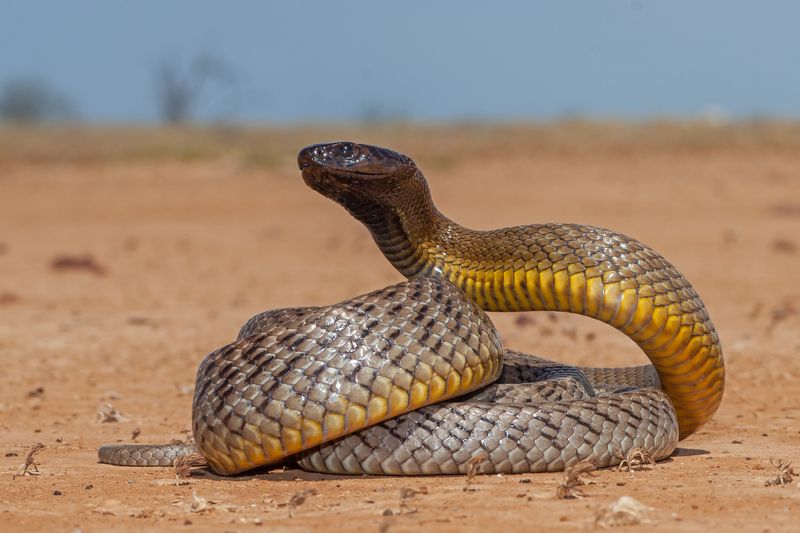
Australia’s brown snake doesn’t look particularly threatening, but it delivers the most toxic venom of any land snake. A single bite contains enough poison to kill 100 adult humans.
Fortunately, they’re naturally shy and rarely encountered by humans. Their remote habitat in Australia’s interior means few people ever cross paths with them. Still, their lightning-fast strikes and neurotoxic venom make them animals to actively avoid.
13. Charging Behemoths: Cape Buffalo

African hunters call them ‘Black Death’ for good reason. These unpredictable herbivores kill more hunters annually than any other African animal, including lions and hippos.
Their unpredictable temperament and tendency to circle back and ambush pursuers make them particularly dangerous. They’re known to charge without provocation and can reach speeds of 35 mph. Safari guides maintain extra distance from these seemingly placid grass-eaters.
14. Polar Predators: Polar Bears

Unlike their black and brown cousins, these Arctic giants view humans as potential prey. They actively hunt people given the opportunity, using incredible strength and surprising speed despite their massive size.
Climate change pushes them into more frequent human contact as sea ice diminishes. Arctic communities maintain polar bear patrols during dark winter months. Their keen sense of smell can detect potential meals from miles away.


